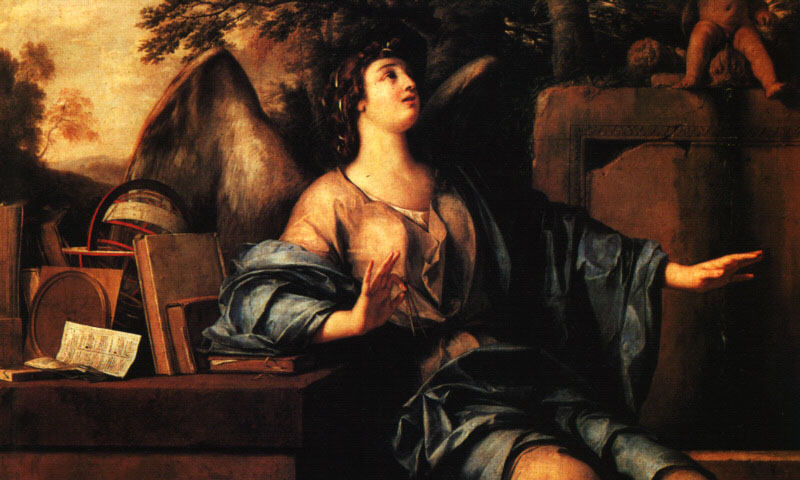La Hire and the major works of the Academy
"He did not only comply with the King's orders, but also with his inclination, and his desire to know"
— Fontenelle, Éloge de M. de La Hire
 Laurent de La Hyre, Allégorie de l'Astronomie, musée des Beaux-Arts d'Orléans
Laurent de La Hyre, Allégorie de l'Astronomie, musée des Beaux-Arts d'Orléans
Finally, on January 26th 1678, La Hire was admitted to the Academy of Sciences, “in order to henceforth attend the physics and mathematics assemblies"1. Thereupon, La Hire engaged in astronomy, to serve the King.
Why astronomy? Academicians didn't confine themselves to one scientific field2. They divided into a mathematics assembly and a physics assembly. La Hire was known above all as a geometer. Once at the Academy, he produced especially scientific reports and publications in astronomy3. He had begun making more or less regular astronomical observations from his house in Montmartre, probably with Abbot Jean Picard (1620-16824. This astronomer, twenty years his senior, was himself one of the founding members of the Academy of Sciences.
Henri Testelin, 1616-1695, Colbert introduces to Louis XIV the members of the Royal Academy of Sciences, founded in 1667 — Public domain
 La Hire could be the man in the center, in a three-quarter frontal attitude, between Jean Picard, on the left, and Jean-Dominique Cassini, on the right5.
La Hire could be the man in the center, in a three-quarter frontal attitude, between Jean Picard, on the left, and Jean-Dominique Cassini, on the right5.
1 Picolet, « la Hire, ami, collègue, éditeur et continuateur de Picard », in Philippe de La Hire, 1640-1718, entre sciences et architecture, op. cit., p. 60.
2 Before the reform in 1699.
3 Picolet, « la Hire, ami, collègue, éditeur et continuateur de Picard », op. cit., p. 60.
4 To learn more about La Hire's early initiation to astronomy by Picard, “La Hire, ami, collègue, éditeur et continuateur de Picard”, in Philippe de la Hire, entre architecture et sciences, op. cit., p. 87-91.
5 Roger Hahn, "L'Anatomie d'Une Institution Scientifique : L'Academie des Sciences 1666-1803", Archives contemporaines Editions, 1993, in Béatrix Saule and Catherine Arminjon, Sciences et curiosités à la cour de Versailles, Paris, RMN, 2010, p. 31.

